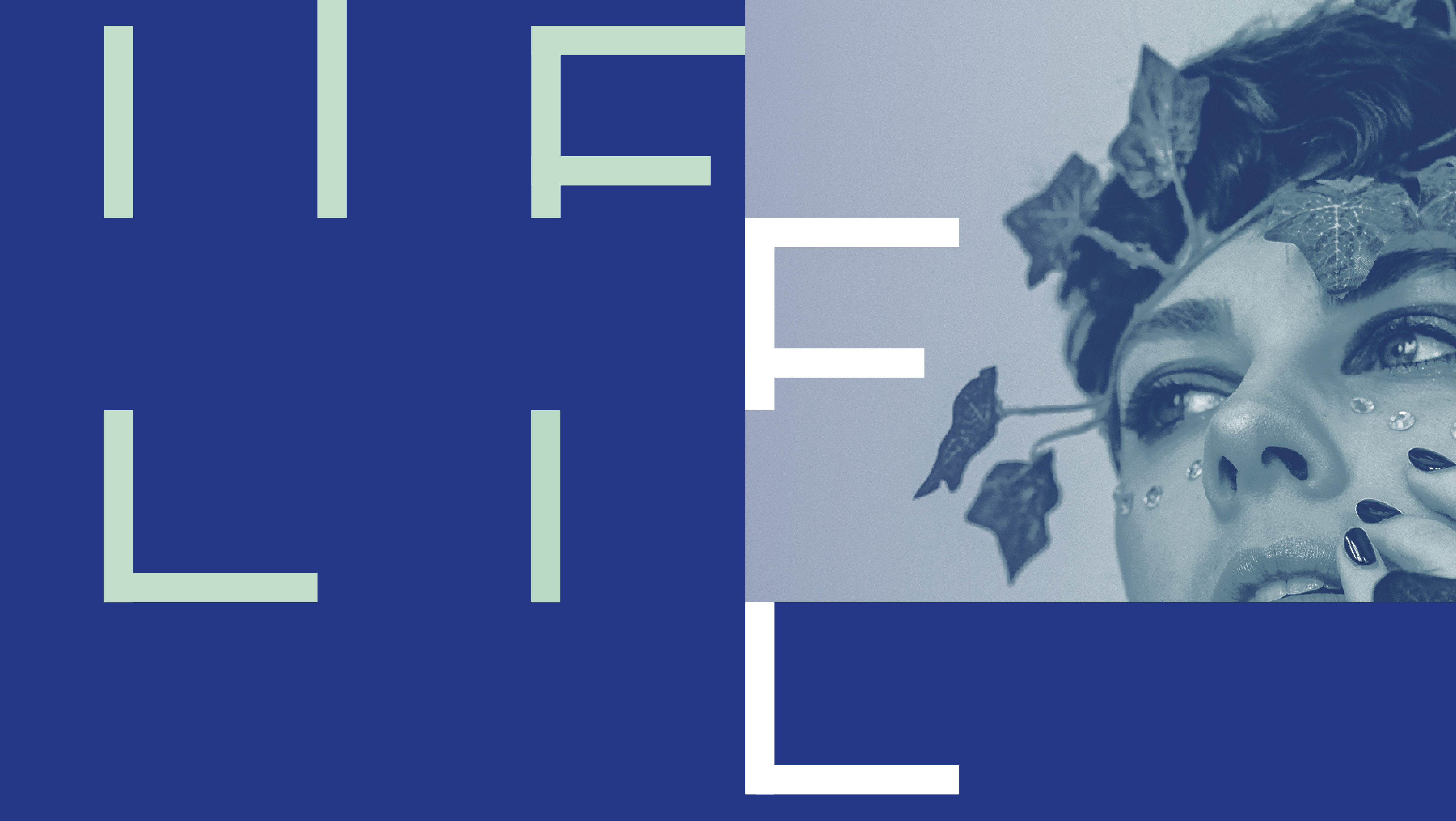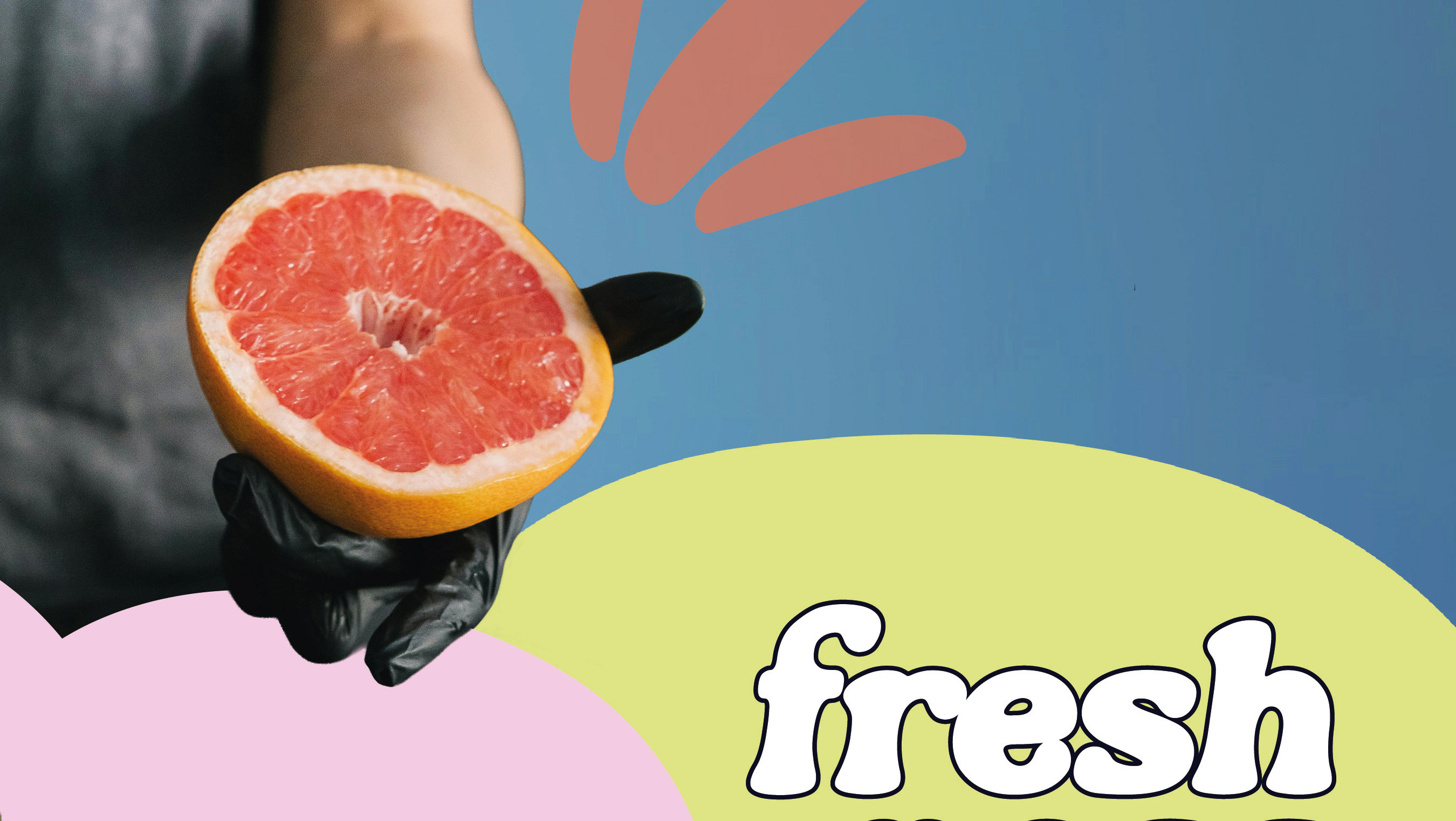A full rebrand for Manchester United WFC, asserting the club’s independence while valuing its heritage. A defiant identity for the birthplace of the Suffragette movement and Industrial Revolution, highlighting accessibility and inclusivity.
This risky but exciting rebrand project for Man United WFC was achieved by listening to what's important to fans, and respecting the team's Red Devil heritage. This new name, new badge and new identity hope to encapsulate what's important to a team that's had to fight to be where it is today.
Some non-negotiables were keeping the primary brand colour and home kit colour – and once a way was was found of using a heritage asset (trident held by devil on previous club crest) to foreground the M for Manchester, there was a way forward for the new crest.
The result is a clear, adaptable brand mark that in its simplicity can grace campaigns, merchandise and be worn on the chest with pride.
References to Manchester as birthplace of the Suffragette movement, in the context of women taking risks to demand equality, is not too much of a conceptual stretch. Whether it be an 50-year FA ban on women's football, or United's board closing the team down in the early 2000s, it seemed subtle references to this made sense – hence light purple as a secondary brand colour, one of the suffragette movement's colours.
Angularity is employed, with graphic elements that represent Manchester's architecture. Tone of voice is important – thought the identity has elements of militancy, the language is more about excitement and involvement. An ad campaign will be based on the first three letters of the club's name will encouraging people to “TRI” - try joining a grassroots club, try speaking differently of sportspeople and rivals, try being part of a cultural change.
This is a team born in the North of England, with silverware despite being only seven years old, full of international stars who got involved in the beautiful game in the first place because they had the guts to TRI.




